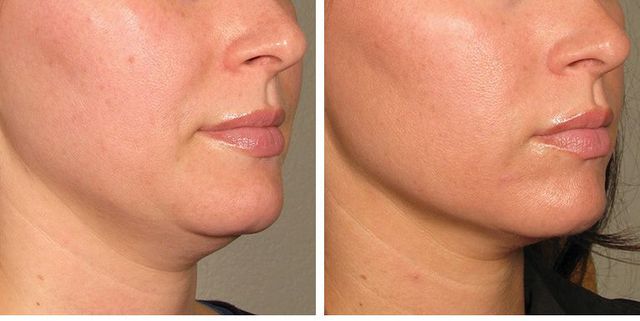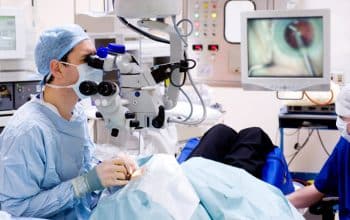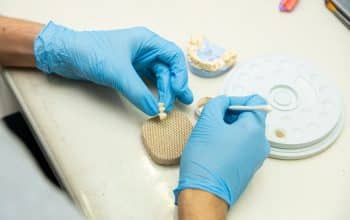As you age, your skin begins to lose its elasticity, causing it to sag and droop. Non-surgical skin tightening procedures have become increasingly popular to combat the signs of aging without the downtime or risks associated with surgery. With so many options available, deciding which procedure is right for you can be overwhelming. This article will get you started on a skin tightening treatment and help you determine the one that best suits your needs.
Types of Non-Surgical Skin Tightening Procedures
- Ultrasound
Ultrasound technology delivers focused energy into the deeper layers of the skin, where collagen is produced. This energy stimulates collagen production, resulting in tighter, smoother skin. Ultrasound procedures typically require only one treatment, and results can last up to two years.
- Radiofrequency
Radiofrequency (RF) technology uses heat to stimulate collagen production and tighten the skin. The heat is delivered to the skin through a handheld device that emits radio waves. RF skin tightening treatments typically require several sessions, and results can last up to a year.
- Laser
Laser skin tightening procedures use light energy to heat the skin and stimulate collagen production. The heat from the laser also causes the existing collagen fibers to contract, resulting in tighter skin. Laser skin tightening treatments typically require several sessions, and results can last up to two years.
- Injections
Injectable treatments such as Botox and dermal fillers can also tighten the skin. Botox temporarily paralyzes the muscles that cause wrinkles, while dermal fillers add volume to the skin, resulting in a more youthful appearance. Injectable treatments typically require maintenance every three to six months.
Determining the Right Non-Surgical Skin Tightening Procedure
Several factors must be considered when deciding which procedure is right for you.
- Skin Type
Different skin types may respond better to certain types of non-surgical skin tightening procedures. For example, those with thicker, more elastic skin may benefit more from ultrasound or laser treatments, while those with thinner skin may be better suited for radiofrequency or injectable treatments.
- Treatment Area
The location of the area you want to treat can also play a role in determining which procedure is best for you. Ultrasound and laser treatments are typically used on larger body areas such as the abdomen or thighs. In comparison, radiofrequency and injectable treatments may be better suited for smaller areas such as the face and neck.
- Desired Results
Your desired results will also help determine which non-surgical skin tightening procedure is right for you. If you want a quick, one-time treatment with long-lasting results, ultrasound may be the best option. Radiofrequency or injectable treatments may be better if you seek a more gradual improvement with shorter-lasting results.
- Downtime
Non-surgical skin tightening methods typically have minimal downtime, but some procedures may require more time for recovery than others. Ultrasound and laser treatments typically require no downtime, while radiofrequency and injectable treatments may require a few days of recovery.
- Consultation with a Professional
Consulting with a qualified professional is crucial in determining which treatment is right for you. A dermatologist or aesthetician can evaluate your skin type, treatment area, desired results, and budget to recommend the best action for achieving your desired results.
During your consultation, ask any questions about the skin tightening treatment, including potential risks and side effects, expected recovery time, and expected results.
Summing Up
Non-surgical skin tightening methods have become increasingly popular as a safe and effective way to combat the signs of aging. Several non-surgical skin tightening procedures are available, each with unique benefits and considerations.




